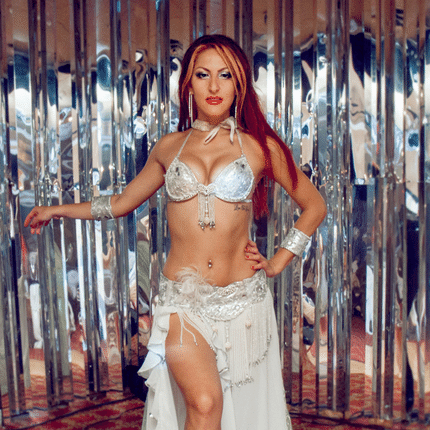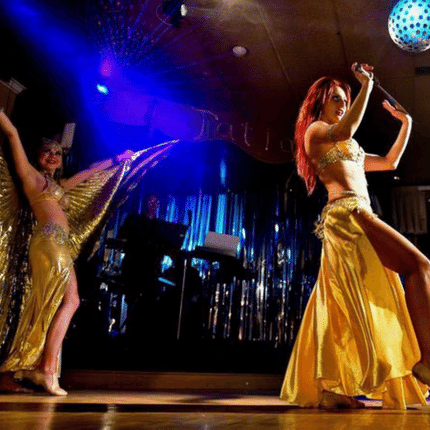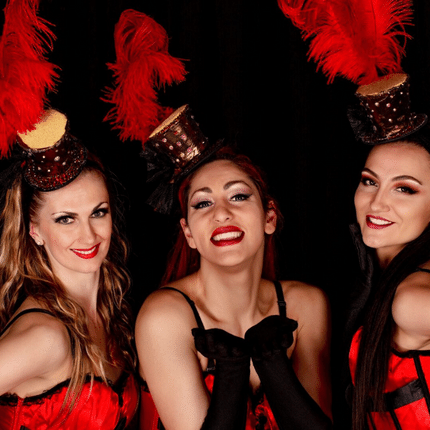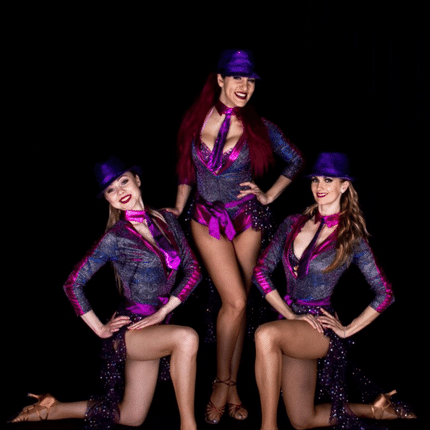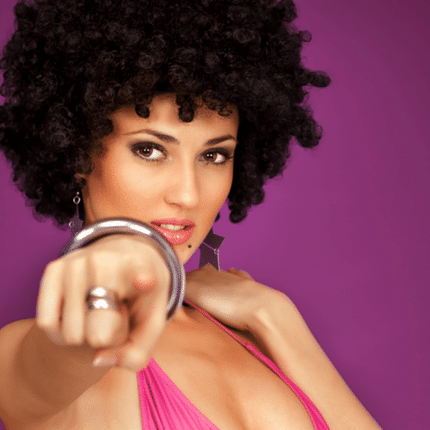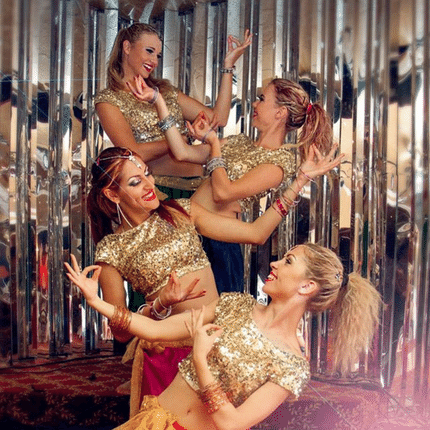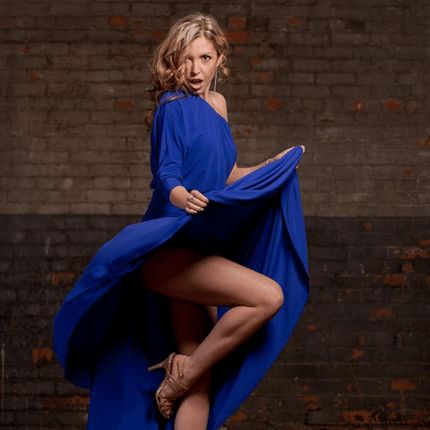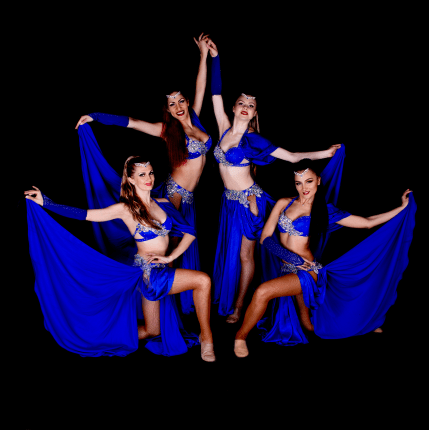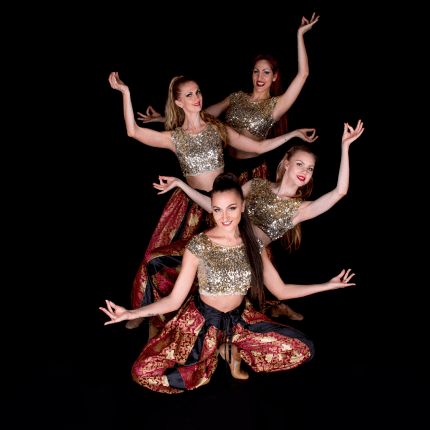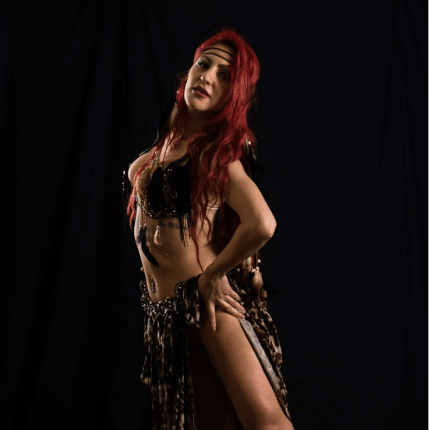Line Dance
In the vast tapestry of dance traditions, line dance stands out as a uniquely captivating and accessible form of rhythmic expression. Rooted in rich historical origins and continuously evolving, line dance has captured the hearts and feet of individuals across cultures and generations. This article delves into the essence of line dance, its cultural significance, and the enduring popularity that continues to make it a cherished pastime.
The allure of line dancing lies in its ability to bring people together, fostering a sense of unity and enjoyment through synchronized movements. Today, we will delve into the rich tapestry of line dance's origins, explore its diverse evolution, and uncover the captivating role it has played in popular culture.
What Is It?
Line dancing is a captivating form of synchronized group dance characterized by a repetitive pattern of steps. Dancers gather in one or more lines, with a minimum of two participants required to engage in the dance.
Normally, dancers are facing the same direction, although there are variations where they may face each other, adding an extra layer of interaction and visual appeal to the performance. In contrast to various well-known country partner dances and square dancing, line dancers typically have minimal or no physical contact with one another.
Line dancing stands apart due to its choreographed nature, which is what makes it different from other popular dance styles performed in lines that also incorporate repetitive steps. Today, it is considered as a form of social activity.
Line Dancing History
Line dance, often associated with the Wild West, boasts a heritage far more diverse than commonly believed. While it is true that many line dances involve synchronized movements in a non-linear line formation, the absence of physical connections between dancers distinguishes contemporary line dancing from its historical counterparts.
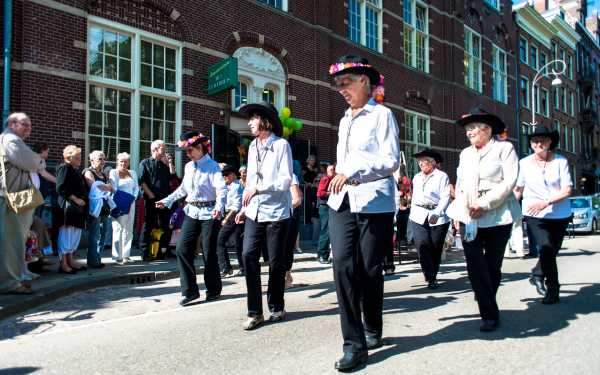
Contrary to popular perception, the roots of line dance can be found in various folk dancing traditions. These dances, performed in unison by participants in a single line, bear remarkable similarities to the line dance we know today. An important precursor to contemporary line dancing is contra dancing, a traditional American folk dance that features dancers forming two parallel lines. In contra dancing, participants perform a series of coordinated movements with different partners as they progress down the line.
The advent of line dancing's mainstream popularity can be attributed to the 1980s and 1990s, a time when choreographed line dances emerged to accompany popular country western music songs. An emblematic example is the dance created for Billy Ray Cyrus' chart-topping hit "Achy Breaky Heart" in 1992. Additionally, the 1990s witnessed line dances transcending genre boundaries, as demonstrated by the global phenomenon of "the Macarena," a fusion of folk and pop music that took the world by storm.
Line Dance Format
Line dancing has gained popularity in country and western dance bars, social clubs, dance clubs, and ballrooms across the globe. It's even popular for weddings party and other events. One of its distinct advantages is overcoming the challenge of partner imbalances often encountered in ballroom, swing, and salsa dancing establishments.

It is not uncommon to find line dancing integrated into dance programs alongside other forms of country-western dance, including two-step, shuffle, western promenade dances, as well as western-style adaptations of the waltz, polka, and swing.
Line dance encompasses a wide range of movements, from simple footwork to intricate full-body choreography. While basic line dances predominantly focus on leg and foot movements, more advanced routines incorporate the graceful gestures of the arms and hands. To synchronize these movements with the music, line dances utilize a system of "counts," where each count corresponds to a musical beat. Each beat marks a specific step or movement within the dance sequence.
Line dances are structured around counts, which represent the total number of beats in a complete dance sequence. For instance, a 64-count dance consists of 64 beats. It's important to note that the count of beats doesn't always align directly with the number of steps, as steps can span multiple beats or occur between two beats.
Line dances are characterized by their distinctive steps, often accompanied by catchy names, which serve as the foundational elements of the dance. These steps contribute to the unique charm and appeal of line dances. Iconic line dances such as the Texas Two-Step, the Tush Push, the West Coast Shuffle, the Redneck Girl, and the Boot Scootin' Boogie have become beloved routines that continue to captivate audiences in country-western bars. These dances truly embody the spirit of line dancing, skillfully blending precise footwork with rhythmic flair, resulting in mesmerizing sequences that bring delight to both participants and spectators alike.
HIRE FEMALE DANCERS: INCREDIBLE ENTERTAINMENT
Difficulty
While line dancing can be performed in small groups with a single line, it is more commonly executed in parallel lines, with dancers positioned one behind the other. In this synchronized yet independent formation, dancers perform the choreography simultaneously, without requiring interaction between individuals, other than executing the maneuvers in unison.
While line dances can possess simplicity, like the beginner-level Electric Slide featuring an 18-count sequence and 4-wall structure, complexity can be introduced through various techniques. Typically, dances with higher counts present greater challenges as each count corresponds to a musical beat. Intricate step sequences, unfamiliar movements, and the inclusion of additional body gestures, such as hand movements, contribute to elevating the difficulty level of a dance routine.
Phrased line dances are intricately choreographed to harmonize with specific versions of songs. Incorporating tags, bridges, and sections where dancers may skip or repeat movements, these dances align precisely with the musical phrasing.
Consequently, dancers are required to synchronize their movements in a way that extends beyond a repetitive replication of steps throughout the entire song. Phrased line dances demand heightened awareness of the music, enhancing the overall experience and artistic interpretation for participants.
Country Music And Line Dancing
During the early development of line dancing, the connection between this dance style and country music was not as prominent as commonly assumed. While some line dances were indeed performed to country music, a significant portion of them embraced contemporary tunes from various genres.
As line dancing gained momentum and popularity, its influence transcended the boundaries of Western songs. This transformation was driven by the growing diversity of line dance enthusiasts, resulting in an expanded range of musical preferences among participants. The saturation of country music within the line dance community also sparked a desire among dancers to explore and create dances to songs from different genres, including those with a more pop-oriented or diverse sound.
The trend of incorporating non-country music gradually became widespread within the line dance community. For example, in regions like the United Kingdom, line dancing is now rarely associated exclusively with country music. Instead, most dances performed in England showcase a variety of non-country music, reflecting the diverse musical tastes of the dancers.
In contrast, places like Australia strike a balance between non-country and country songs, incorporating both styles into their line dance repertoire. This adaptability demonstrates the versatility and inclusivity of line dancing as it evolves and embraces a wide range of musical genres.
Popular Line Dances
The Hustle Line Dance
The hustle is a lively partner dance that shares similarities with swing and is often accompanied by disco and contemporary pop music. It incorporates four fundamental movements: stepping, twirling, the chicken dance, and turning.
It's important to note that performing these moves effectively requires a reasonable level of physical fitness, particularly if you intend to dance for extended periods. However, with dedicated practice and a commitment to memorization, you'll be confidently dancing the hustle before you know it!
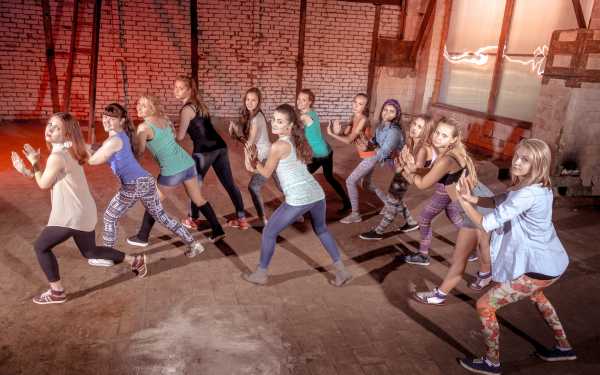
Boot Scootin ‘ Boogie
The Boot Scootin' Boogie stands out as a straightforward and widely known dance. It serves as an excellent starting point for beginners in the world of country line dancing. The steps are vines, kicks, heel shifts, stomps, kickball change, and steps. The kickball change is the fun part!
The Electric Slide
The Electric Slide is a popular line dance choreographed by Ric Silver at the New York Dance Club VAMPS in 1976. It is performed to the infectious tune "Electric Boogie" by Marcia Griffiths. This dance continues to captivate audiences, making it a beloved choice for various occasions, including weddings, bat mitzvahs, school dances, and any event (like a dance party) where people gather to dance and enjoy themselves.
The Cha Cha Slide
The Cha-Cha Slide is an enjoyable dance often seen at parties, accompanied by the song of the same name. To perform it, you follow the dance moves as directed by the song's lyrics. The routine involves hopping, clapping, stomping, executing the cha-cha step, and running in place when prompted. Feel free to add your own unique flair to certain dance moves. Once you become familiar with this dance, you'll be ready to join in and showcase your moves whenever the song plays at any party.
Country Girl Shake
The Country Girl Shake is a lively and energetic line dance that has gained popularity among country music enthusiasts. It features a series of energetic steps and movements that dancers perform in sync with the upbeat country tunes.
With its catchy rhythm and fun choreography, the Country Girl Shake creates an exciting and engaging atmosphere on the dance floor. Whether at country-themed events, dance classes, or social gatherings, this spirited line dance is sure to bring joy and get everyone moving to the country beat.
Other Common Line Styles
Here are several widely recognized line dances that have achieved popularity across diverse dance genres:
- Cotton-Eyed Joe
- Chicken Dance
- Hokey Pokey
- Macarena
- The Hustle
- Hoedown Throwdown
- Cupid Shuffle
- Catwalk Shuffle
While some of these dances may deviate from a strictly linear formation and are performed in circular arrangements, they are still classified as line dances. As long as dancers unite as a cohesive group and repeat the steps throughout the song, the dance qualifies as a line dance, regardless of the specific formation or arrangement adopted by the participants.
Tips For Beginners
- Embrace Patience! Each individual has their own unique learning pace, so don't worry if you feel like you're progressing more slowly. Mastery in any skill requires dedicated time and effort. Remember, your speed of learning does not determine your potential greatness in the future, whether it takes months or years.
- Practice makes perfect. Just like any dance form, consistent practice is key to gaining familiarity and boosting your confidence.
- Don't hesitate to seek assistance. If you encounter difficulties with a particular step or struggle to grasp the dance routine, don't hesitate to approach the instructor of the dance studio. They are there to teach and guide you through the process.
- Choose suitable dancing shoes. Prioritize comfort and ease of movement by selecting appropriate shoes. For line dancing beginners, it is recommended to opt for footwear with leather soles for better traction and maneuverability.
Line dancing, with its diverse range of styles and techniques, offers a captivating social dance experience that transcends boundaries.


